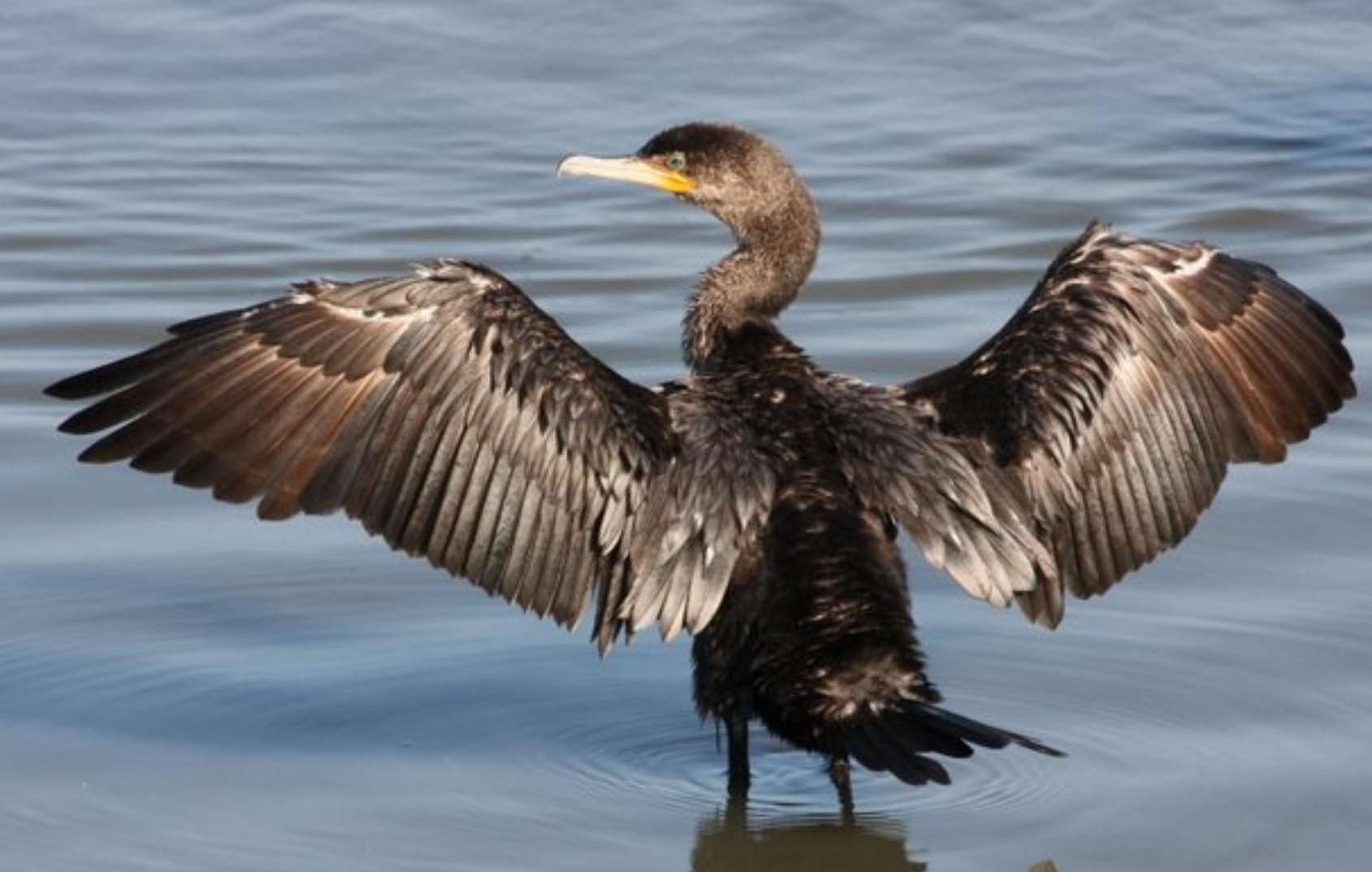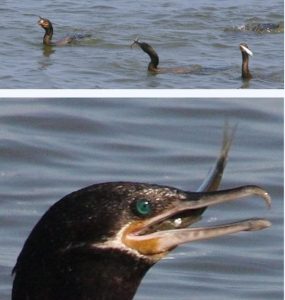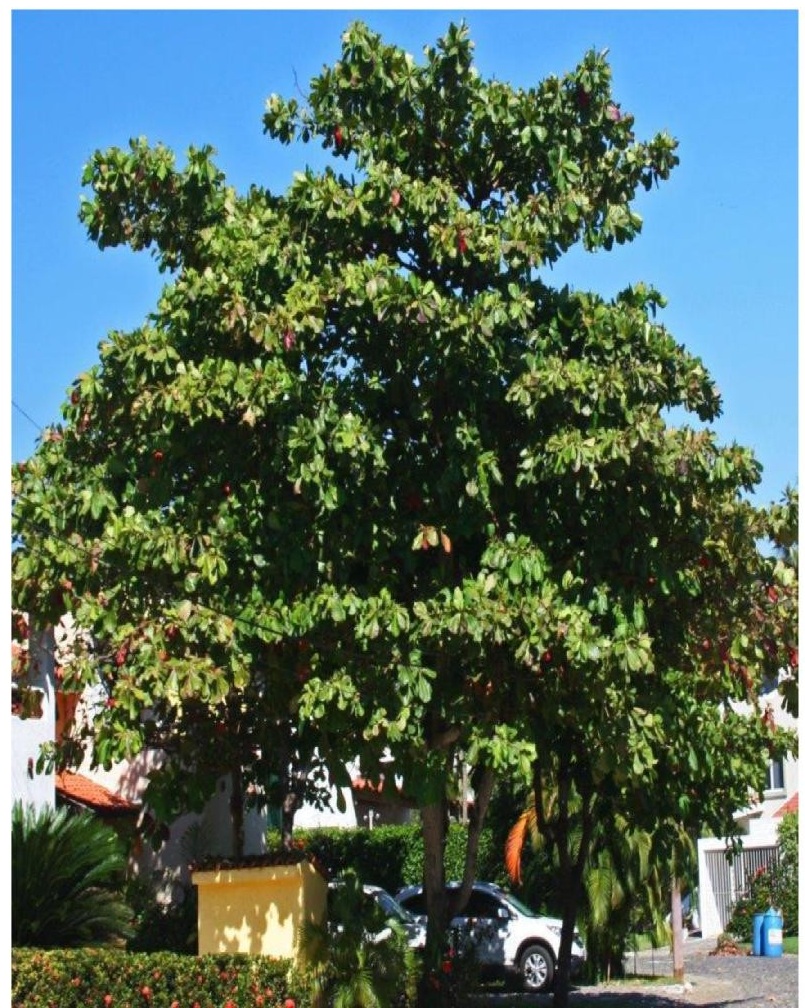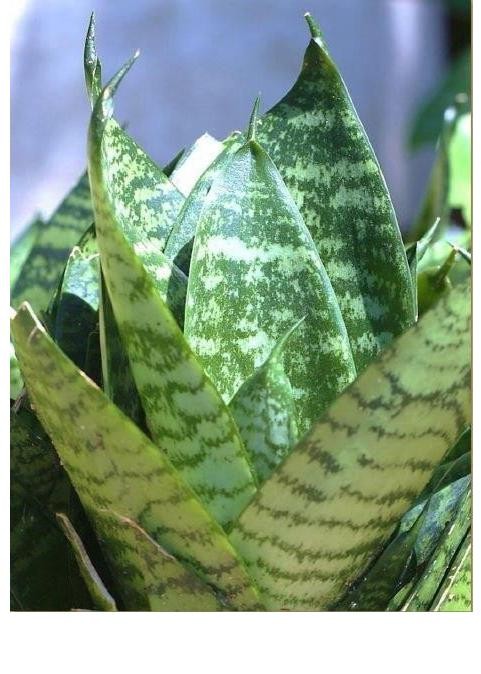By Howard Platt from the April 2010 Edition
 Often in the morning a stream of dark coloured birds will flow across the bay, a hundred feet or so above the water.
Often in the morning a stream of dark coloured birds will flow across the bay, a hundred feet or so above the water.
The stream is not very wide, but there may be hundreds of birds moving from roosting to feeding grounds. They are  neotropic cormorants and are the only cormorant you will regularly see down here on the west coast. Some people think they are ugly, but how can you not love a bird with such deep emerald eyes?
neotropic cormorants and are the only cormorant you will regularly see down here on the west coast. Some people think they are ugly, but how can you not love a bird with such deep emerald eyes?
The feeding grounds vary, depending on the supply of small fish, and they may not all go to the same place. Shallow ocean water or fresh water lagoons are equally good as long as there are fish. The birds usually hunt in a small pack. They swim low in the water because their feathers are not very waterproof and not buoyant. This makes it easy for them to slip under the surface and look for fish.
When the small fish come close to shore you may see a line of cormorants, low in the water, moving forward with most of them underwater, and then popping up with fish in their sharp, hooked bills. They flip the fish around and swallow it head first. It takes a second or so and then they are underwater again, so don’t blink. Once they have had their fill they will find a quiet rock or post to perch on and spread their wings in the sunshine to dry them off and make flying back to the roost easier.
A little dip in the ocean; sea food dinner with friends; then some time to bask in the afternoon sun. What more could one want?
Download the full edition or view it online




You must be logged in to post a comment.